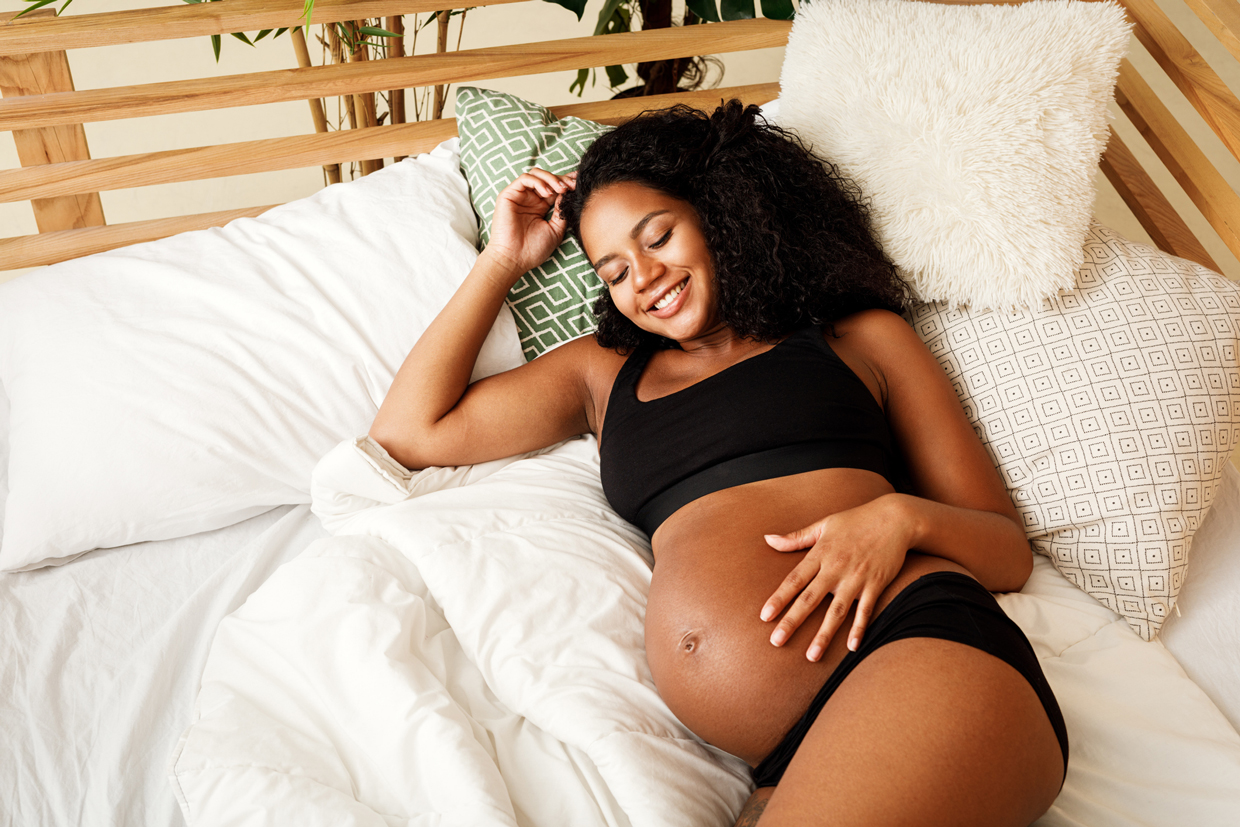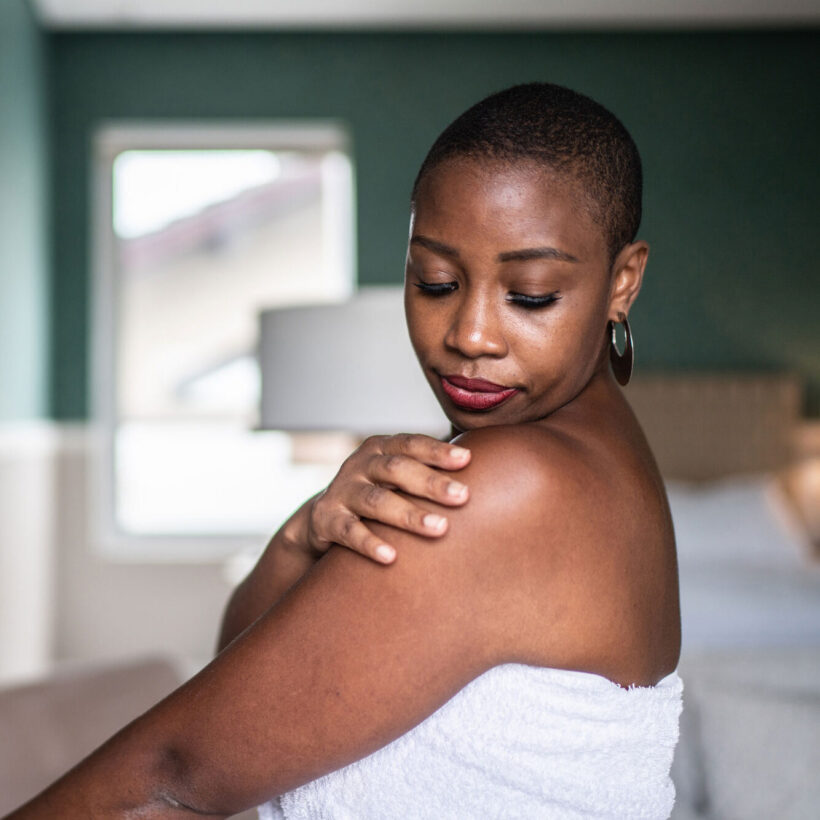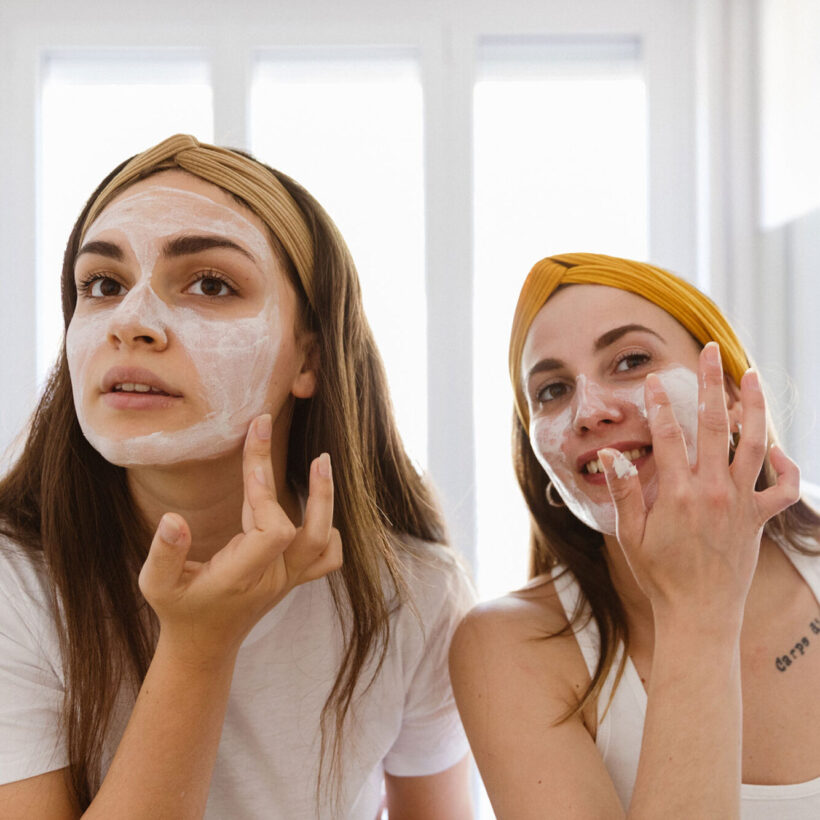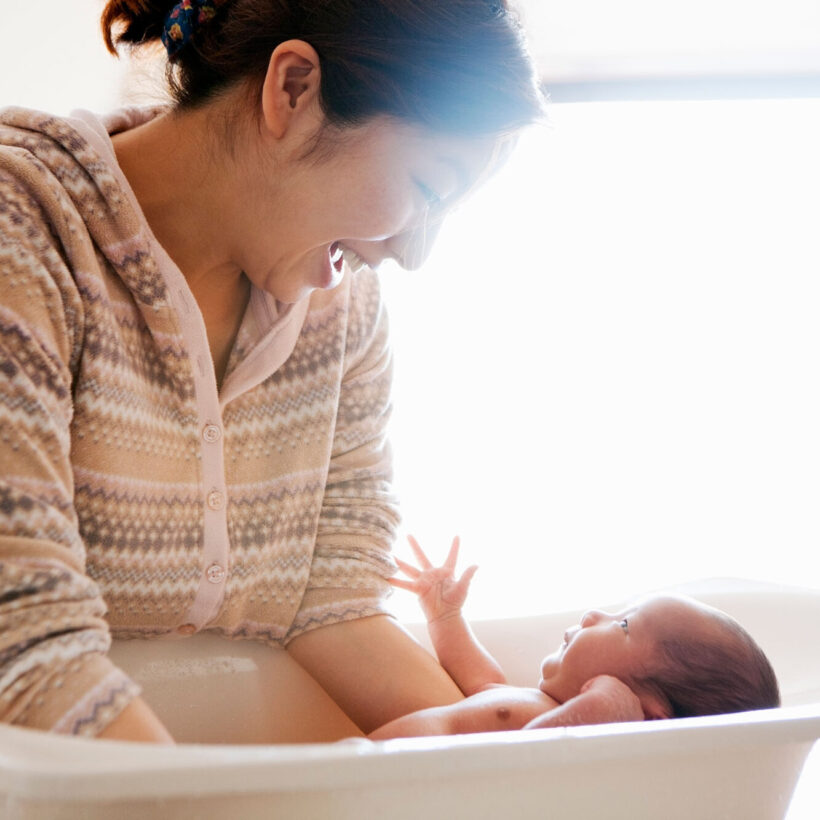When there’s nothing more you want than to become a mother, discovering you’re pregnant is an exciting, life-changing moment. And it transforms your body, from head to toe and the inside-out. Though many people focus on the bump that gets bigger week by week, your skin will go through a series of changes as you grow a human. And while it may be a little frustrating, all experience pregnancy differently, especially during a pandemic. Some will have a radiant, glowing, clear complexion, others will have intense breakouts that may need additional aid from a pregnancy-safe skincare kit. These changes primarily occur because of the body’s shifting hormone levels. Luckily, most of the pregnancy-related skin issues will naturally resolve themselves in the months after birth, according to Dr. Luigi L. Polla, dermatologist and the founder of Forever Institut and Alchimie Forever.
If you are expecting or you’re trying to conceive, here is what you might experience, trimester-by-trimester:
The first trimester.
While no one else will be able to tell you are pregnant, you will know, and you might see changes in your appearance, starting as early as a few weeks. This is typically when women begin to experience the ‘pregnancy glow’, primarily thanks to increased blood flow throughout your body, including the tiny blood vessels on your face, according to Dr. Geeta Yadav, a board-certified dermatologist. “That, along with increased sebum production, can make the face appear more radiant,” she adds.
The pregnancy glow is due to your uterus and vital organs needing more blood to support your growing baby. The increase of blood volume brings more blood to vessels and produces more natural sebum oil that results in skin looking flushed, hence the term “pregnancy glow”. Who knew all that science could result in you looking so radiant!
However, the skin change that many people fail to mention about early pregnancy is hormonal acne. Sadly, Dr. Yadav says breakouts can be unpredictable — many women who were prone to zits around their period before conceiving could notice an increase in blemishes throughout their first trimester. However, some experience a reduction. “While many ingredients that treat blemishes are off-limits during pregnancy due to risk of side effects, you can usually safely spot-treat acne with over-the-counter benzoyl peroxide — just be sure to run it by your doctor first,” she recommends.
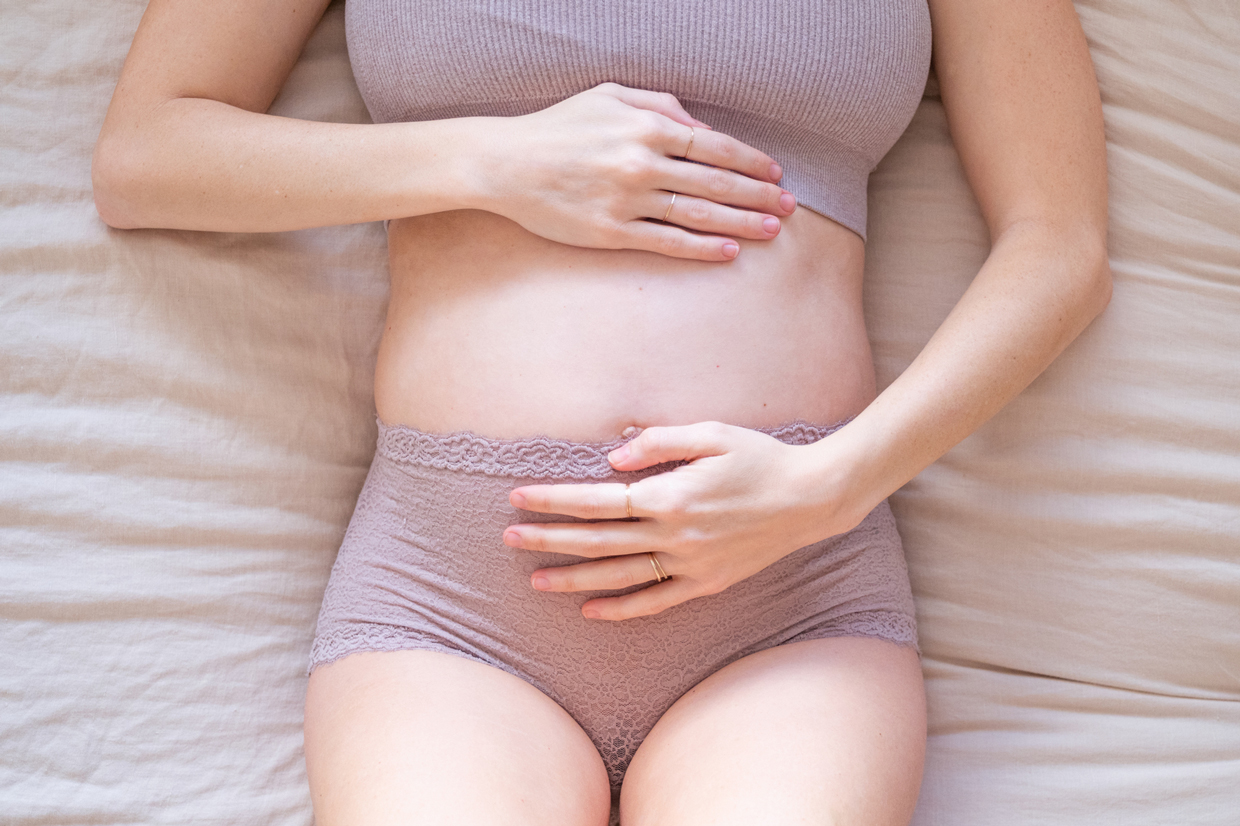
Also, believe it or not, the first sign of pregnancy most women experience is swollen and heavier breasts. Plus, areolas grow in size and typically darken due to higher levels of estrogen and progesterone, Dr. Polla shares. Though they may be painful, he says to try not to focus on the size or swelling but instead keep the skin hydrated and the collagen production as active as possible. “I love the old-fashioned remedy of sweet almond oil for the bust and later for the belly,” he adds.
The second trimester.
Congrats, mama! You made it to the second trimester! This is a time of relief for many women since the risk of miscarriage significantly decreases once you’ve made it past the first three months of pregnancy. Though this definitely causes for a celebration, you may be dealing with a whole new slew of issues, including itchy skin. It’s important to follow a pregnancy-safe skincare guide as you might experience this uncomfortable change in your stomach, your breasts, and even your palms and the soles of your feet. It’s normal and caused by increased estrogen levels.
“While your first instinct might be to draw a steaming bath and soak away your itchiness, ignore that instinct. Hot water strips the skin of its natural oils and inflames the skin, making it drier and itchier than it was,” she explains. “Instead, look for body lotion formulas that contain colloidal oatmeal, which will help soothe itchy skin while sealing in nourishing moisture.”

Also, your second trimester is when you will start to have a noticeable baby bump. And with this, of course, come stretch marks. These can appear on your abdomen, breasts, and buttocks. These can be hereditary, but Dr. Yadav says they are more likely to have them if you are pregnant at a younger age and/or have a higher pre-pregnancy weight. “For prevention, I suggest Centella Asiatica extract, hyaluronic acid, and daily massages,” she says. “For treatment, see your dermatologist to know when it’s safe to start using a topical retinoid and possible non-ablative fractional laser treatment.”
Another skin change during the second trimester is faster hair growth on your head and throughout your body. For many women, this is a bonus, since hey, who doesn’t want thicker, longer, healthier locks? But on your body, it could be annoying to feel like you need to shave more often when you’re already exhausted from growing a human. While you should avoid laser hair removal during pregnancy, Dr. Polla says both shaving and waxing are a-okay.
The third trimester.
You’re in the home stretch — and feeling bigger than ever. Your baby is also kicking up a storm, and you’re probably wondering how in the world you’ll stretch even bigger. Don’t worry, you will — and you’ll have a whole new camp of pregnancy skin situations to handle. Typically in the third trimester (though it can happen in the second), some women will experience melasma. Also known as the ‘pregnancy mask’, Dr. Yadav says this is a form of hyperpigmentation that manifests as dark blotches across the face, especially on the upper lip, cheeks, and temples. During pregnancy, estrogen and progesterone levels surge.
The best course of action is to avoid sun exposure and heat as much as possible while being sure to protect your skin with a high level of SPF when you do go outside, she says. “You can also use pregnancy-safe brightening ingredients to help fight the pigmentation issues, like vitamin C and azelaic acid, both of which help prevent hyperpigmentation and fight existing dark spots,” she continues. “Just be sure to check with your doctor before starting anything new during pregnancy.”
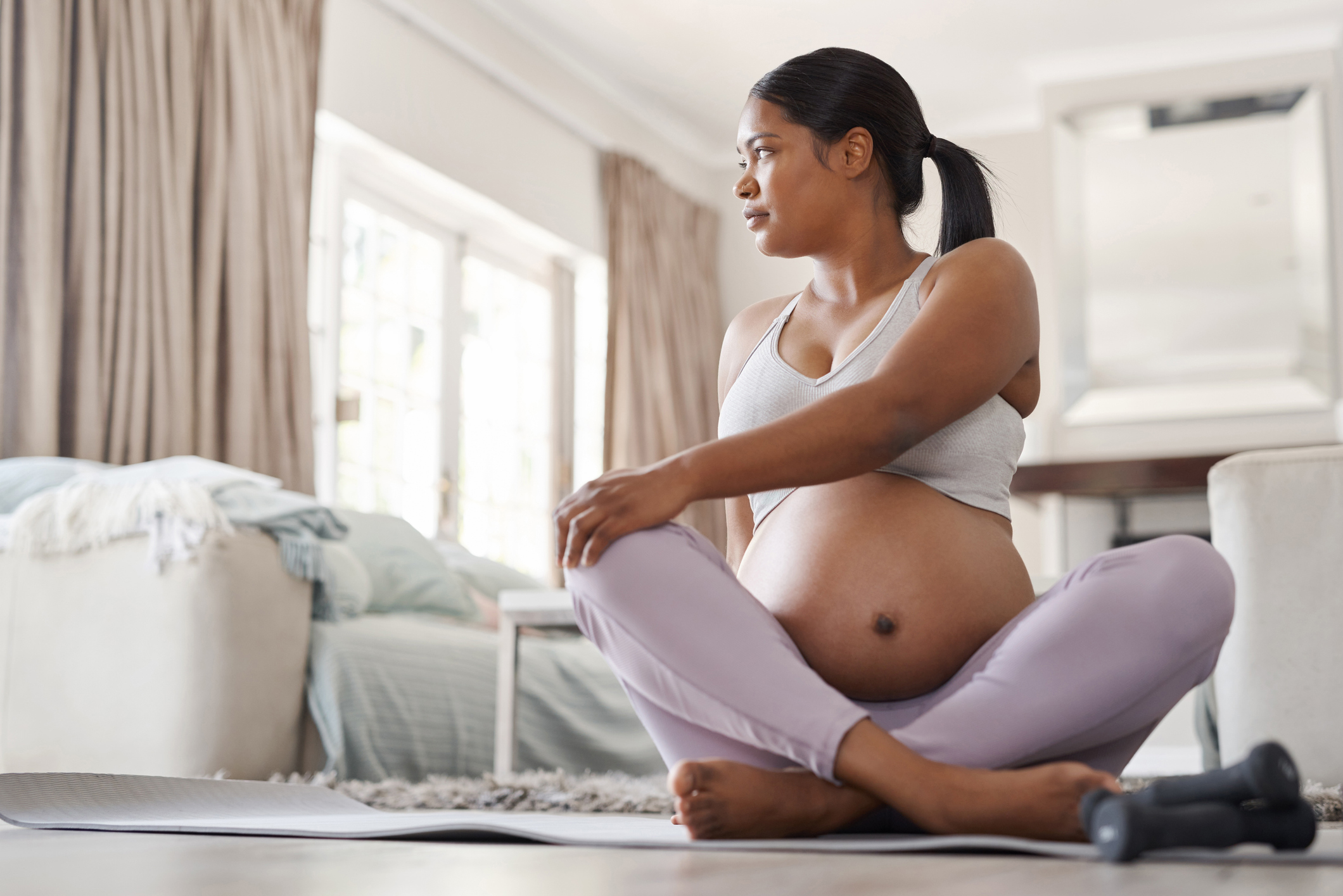
It’s not just your belly that expands during the third trimester, but nearly everything. Dr. Polla says some women will experience swelling in their legs and feet. If this happens to you, it’s best to avoid heat and to sleep with slightly elevated legs to help with fluid retention. He also says body lotions that contain anti-swelling ingredients (like watercress) can be beneficial.
Varicose veins may start to appear in the third trimester, mostly on the legs and sometimes also on the vulva. Dr. Polla says these veins are dilating under the pressure of the uterus, and the key is to avoid standing up for long periods and to avoid exposing your legs to the sun. “At the end of any shower, do a cold water rinse from the feet up to the top of the legs,” he says. “Pregnancy or prenatal massages are a wonderful way to help alleviate both the swelling stated above and minimize the pressure that leads to varicose veins.”
We only recommend products we have independently researched, tested, and loved. If you purchase a product found through our links, Sunday Edit may earn an affiliate commission.
